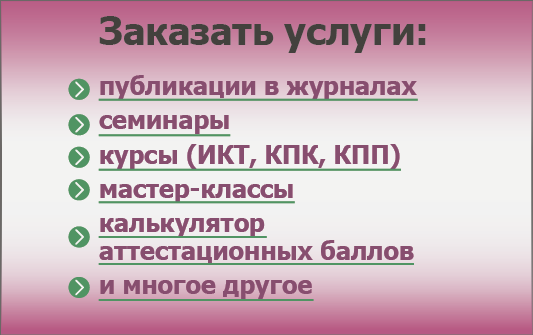Люлина Наталья Михайловна
ГБОУ СОШ №129 Санкт-Петербург
учитель английского языка
Цели и задачи.
- Формирование представления о стране;
- Применение знаний из других учебных дисциплин знаний из других учебных дисциплин;
- Реализация интеллектуальных способностей учащихся;
- Развитие навыков работы с текстом.
Учебно-методическое обеспечение.
Карта Австралии, видеофрагменты, раздаточный материал.
Учитель: WhatdoyouknowaboutAustralia?
Write down everything that you know. Compare your ideas with your partner.
Ученики работают в парах и кратко сообщают, что они знают об этой стране.
Учитель:Read the text and check your ideas.
There are many names for Australia - Oz, Down Under, and the official name, the Commonwealth of Australia. But the name that the Australians like is 'the Lucky Country'. It probably didn’t seem very lucky to the first European settlers. They were convicts who had been transported from Britain. But after gold was discovered in the 1850s, thousands of free settlers left the cold, dark industrial towns of Britain to find their place in the sun.
Australia has a population of about sixteen and a_half_ million people. In a country of over seven and a half million square kilometres - the sixth largest in the world - this is a very small population. At least three cities in the world have larger populations than the whole of Australia.
Over eighty per cent of Australia's population is of British origin. This can be seen in many aspects of Australian life. English is the national language, cricket is the national game, and they drive on the left. Many . older Australians still call Britain 'the Mother Country’. However, in recent years most immigrants have come from other European countries such as Italy, Greece and Poland, or from Asian countries. Young Australians see Australia as their 'Mother Country'. Australia is a huge country and has a wide range of climates from the tropical rain forests of the Northern Territory and northern Queensland to the mild temperate climate of Victoria and Tasmania in the south east. About two-thirds of the land is desert or semi-desert. As a result most of the central and western parts of Australia are uninhabited or inhabited only by sheep. (Australia has ten times as many sheep as people and is the world's largest producer of wool.) Over half the population lives in the south-east corner of the country between the two state capitals of Sydney and Melbourne. Sydney, with its beautiful harbour, bridge and opera house, is the largest city, with three and a half million inhabitants, but it isn't the capital. Australia is a federal state and, like the United States of America, it has a separate capital city - Canberra - which isn't in any of the states themselves. The Commonwealth of Australia consists of five states (Western Australia, Queensland, South Australia, New South Wales, Victoria and Tasmania) and two territories (the Northern Territory and the Canberra Capital Territory). The Head of Government is the Prime Minister, but the Head of State is still the British monarch.
Mining, industry and agriculture are Australia's most important sources of income. More recently, tourism has become important, too. Tourists come to enjoy Australia's warm climate, to see the unique animals, such as the kangaroo, the koala and the platypus, and to see beautiful natural features like the Great Barrier Reef and the mysterious Ayers Rock.
Complete this table:
Official name________________
Area ______________________
Population ________________________
Language ________________________
Currency ________________________
Largest cities ______________________
Capital city _______________________
Political system ____________________
Head of Government ________________
Head of State ______________________
Main sources of income______________
Учитель: Такеthe map and complete the labels. Use information from the table and tell about Australia.
Подведение итогов урока, выставление оценок.











